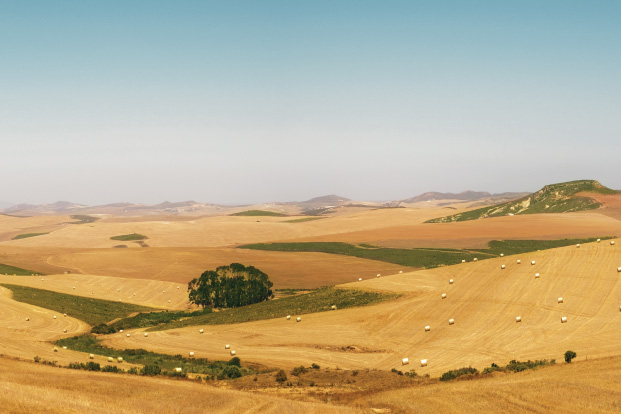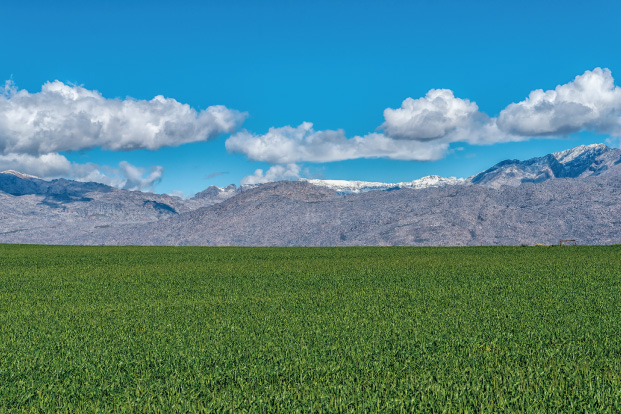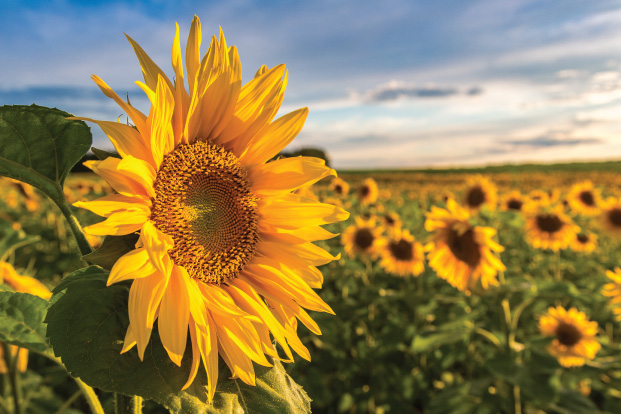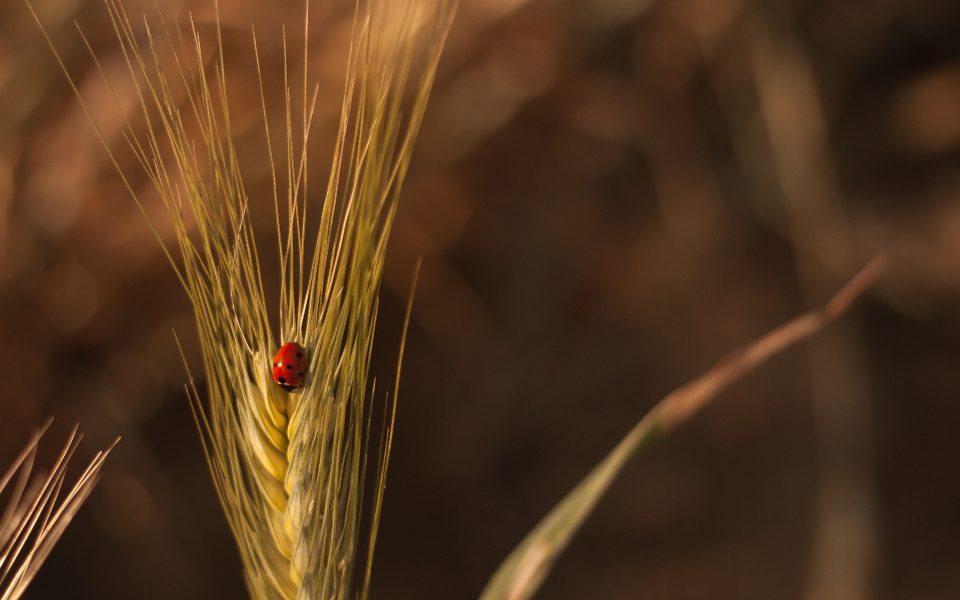Small fields increase biodiversity in agricultural landscapes

Local crop market trends: Maize, Wheat, Soya bean
August 16, 2019
Rainfall outlook spells good news for crop production
September 16, 2019
This is an article from Global Agriculture. Read the full article here.
Making fields smaller is an effective way to produce greater biodiversity in agricultural landscapes, since farmed landscapes with smaller fields and more diverse crops harbour more species. This was the finding of an international team of scientists, published in the journal Proceedings of the National Academy of Sciences (PNAS). “Agricultural intensification and the destruction of semi-natural habitats (shrubland, hedges, herb-rich strips) is one of the principal causes of observed biodiversity loss,” the authors explain in the abstract of the study. Increasing agricultural landscape heterogeneity by increasing semi-natural cover can help to mitigate biodiversity loss. However, the amount of semi-natural cover is generally low and difficult to increase in many intensively managed agricultural landscapes. But there is another option: The researchers showed at a large geographical scale that increasing the complexity of the crop mosaic by making field sizes smaller is as beneficial for biodiversity as increasing the quantity of semi-natural habitats.
The researchers selected eight contrasting agricultural regions in Europe and Canada in which average field size, crop diversity and semi-natural habitat area varied. They collected data from three sampling sites (i.e. agricultural fields) within 435 different agricultural landscapes of 1 x 1 km, identifying more than 2,795 species spread across seven taxonomic groups (birds, butterflies, bees, hoverflies, spiders, ground beetles and plants). They found that a complex crop mosaic, with small fields and diverse crops – dubbed “crop heterogeneity” by the scientists – was associated with an increase in biodiversity. For instance, the effect of decreasing field size from 5 to 2.8 hectares was as strong as that observed when the cover semi-natural habitat rises from 0.5 to 11%. The study showed that small fields also had a positive effect on biodiversity even in the absence of semi-natural vegetation between the fields, such as hedges or grassy margins.
The scientists also found that increasing the number of crop types also had a positive effect on biodiversity. “Crop diversity also had a positive effect on biodiversity because different crop types often harbour different species, but also because different crops supply complementary and necessary resources to support certain species in farmed landscapes,” said team member Jordi Recasens from the Universitat de Lleida. However, the effect of increasing crop diversity in the landscape surrounding fields sampled depended on the amount of seminatural cover. “Increasing the complexity of crops therefore represents an as yet unrecognized but valuable measure to conserve and restore farmland biodiversity,” the researchers write in the abstract. They argue that agri-environmental policies favouring a reduction in the average size of cultivated fields and, in some conditions, more diverse cropping, make it possible to maintain high biodiversity as well as to maintain the existing surface areas under agricultural production. The researchers hope that their results will contribute to informing the ongoing debate around the reform of the EU’s Common Agricultural Policy. (ab)



